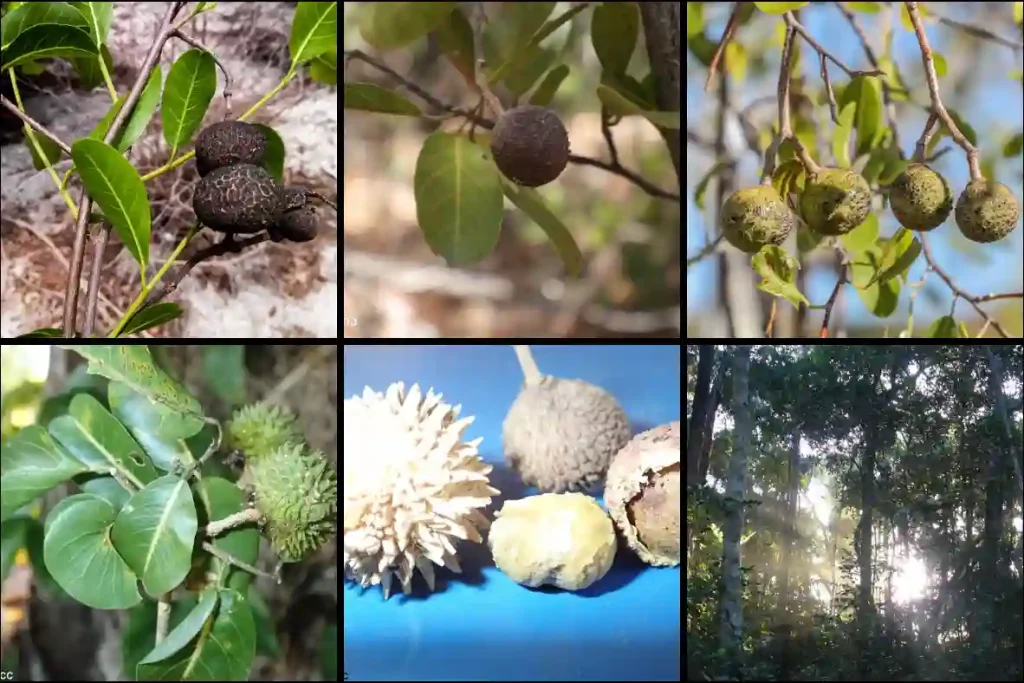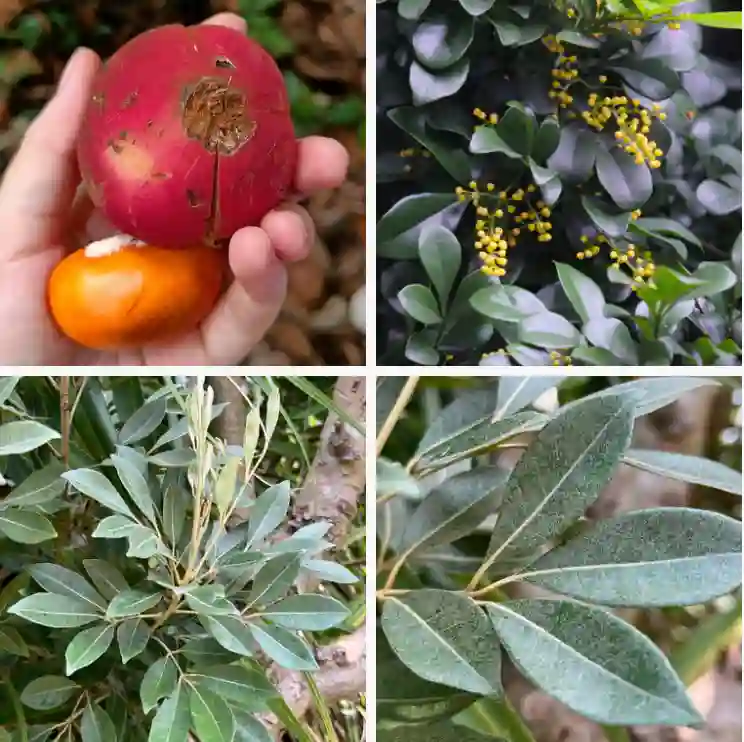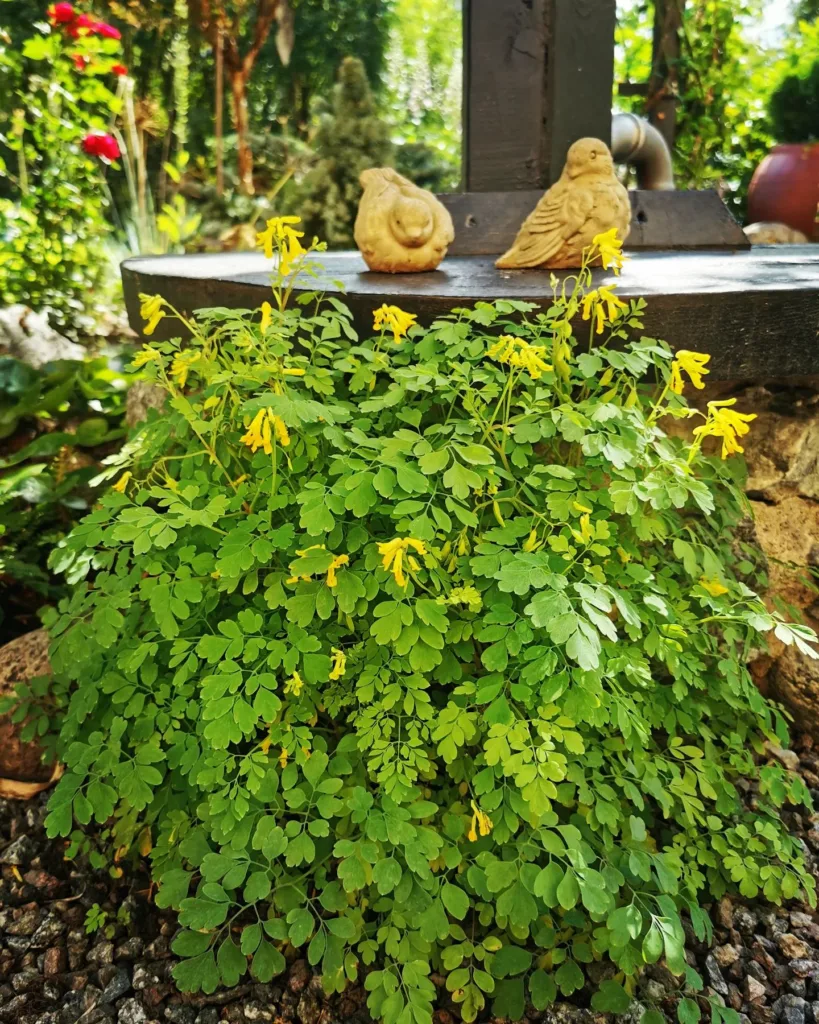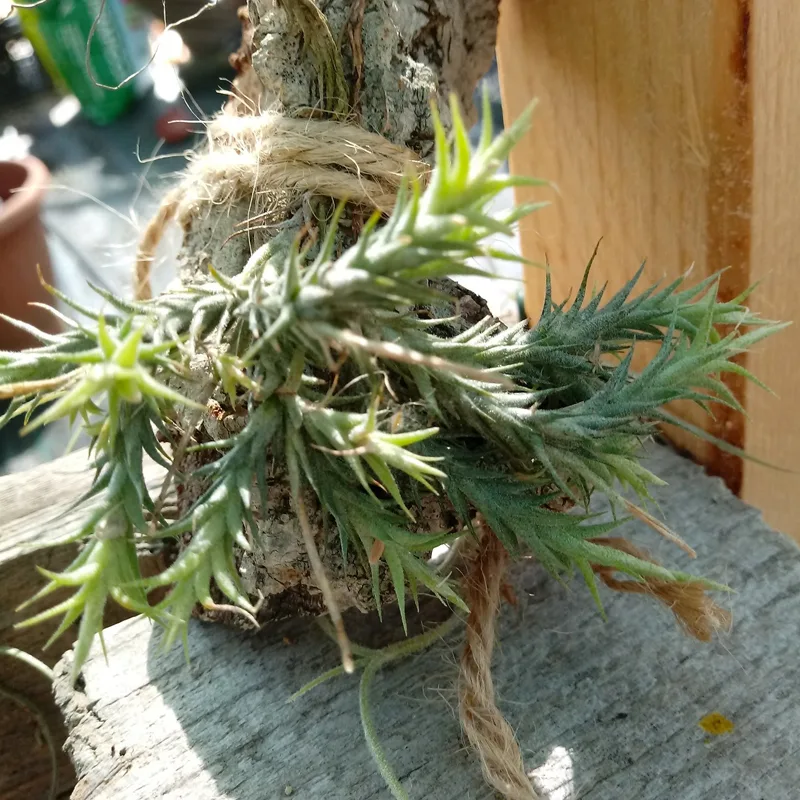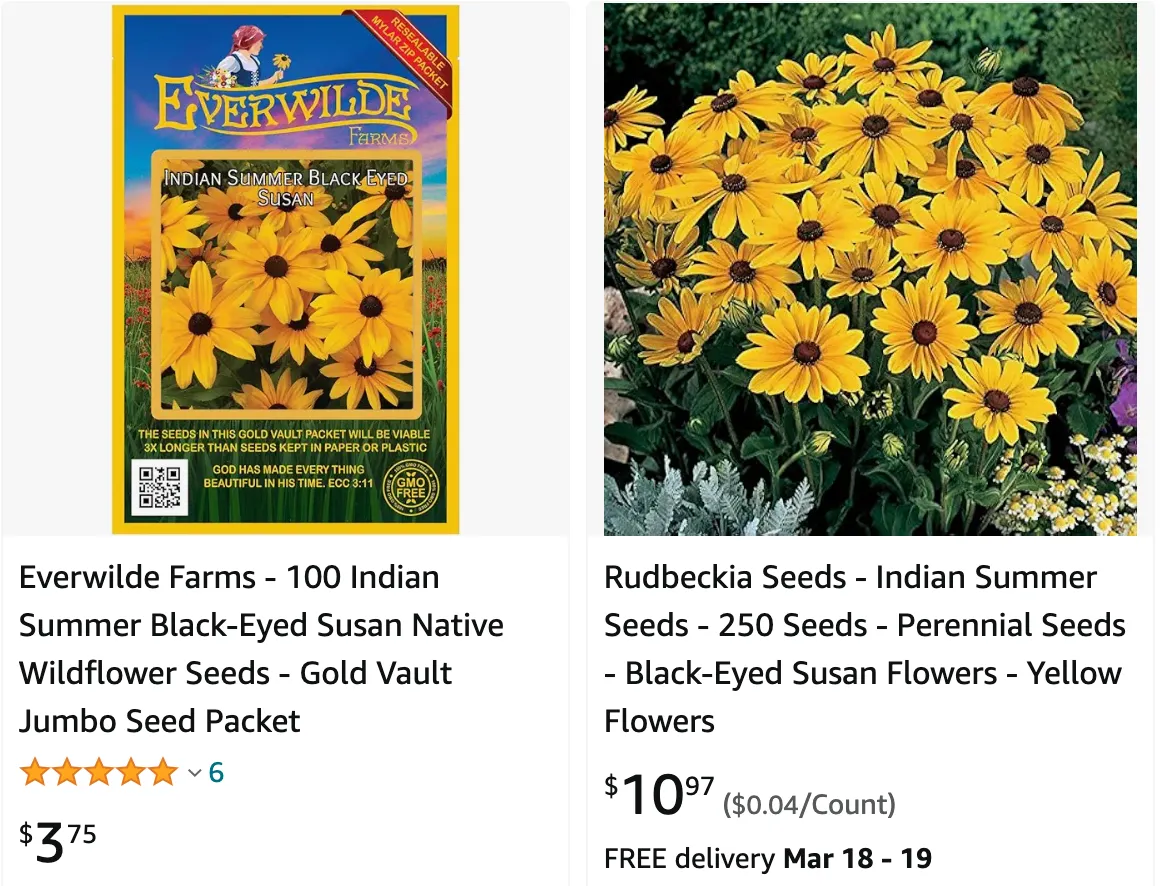
A Burst of Sunshine: My Adventures with Rudbeckia Indian Summer
For years, I’d craved a vibrant splash of color in my late summer garden. Something cheerful, low-maintenance, and able to withstand the increasingly unpredictable weather patterns. Enter Rudbeckia Fulgida ‘Indian Summer,’ a Black-Eyed Susan cultivar that has stolen my heart (and a sizable chunk of my garden real estate). This delightful perennial boasts not only stunning blooms but also surprising resilience. Let me share my experiences with this captivating flower and equip you to cultivate your own sunshine in a pot or border.
31 Species in Genus Rudbeckia
How to Grow Rudbeckia Indian Summer?
Planting Rudbeckia Indian Summer is a breeze. Here’s what I’ve learned:
- Seeds or Transplants? Both options work! You can directly sow seeds in early spring after the danger of frost has passed. Alternatively, get a head start by starting seeds indoors 6-8 weeks before the last frost. For quicker results, opt for established transplants readily available at nurseries.
- Sun Seeker: Grant your Rudbeckia Indian Summer its heart’s desire – full sun. At least 6-8 hours of direct sunlight daily is ideal for optimal flowering.
- Soil Matters: While adaptable, Rudbeckia Indian Summer thrives in well-draining soil. Amending your existing soil with compost or organic matter can significantly improve drainage and provide essential nutrients.
- Planting Party: Space your transplants or seedlings 12-18 inches apart to allow for proper growth and air circulation.
Is Rudbeckia Indian Summer a Perennial?
Technically, Rudbeckia Indian Summer falls into a category known as a biennial. This means it completes its life cycle in two years. In the first year, it focuses on foliage growth, and in the second year, it explodes with those glorious golden blooms. However, with a bit of intervention, you can enjoy these beauties for longer.
Here’s the trick: after the first frost blackens the flowers, deadhead them (remove the spent blooms) to encourage continued growth and potentially a secondary flush of blooms. Additionally, consider planting new seeds each year to ensure a continuous display of sunshine in your garden.
Does Rudbeckia Indian Summer Self-Seed?
The good news is that Rudbeckia Indian Summer readily self-seeds! Once established, you might find cheerful volunteers popping up throughout your garden in unexpected (but delightful) spots. If you prefer a more controlled approach, deadhead the flowers before the seed heads mature to prevent unwanted volunteers.
How Long Does Rudbeckia Indian Summer Last?
As a biennial, Rudbeckia Indian Summer typically flowers for one season, followed by seed production and potential self-seeding. However, with proper care (deadheading, occasional division of mature clumps), and strategic planting of new seeds, you can extend the floral display over several years.
Beyond the Basics: Caring for Your Rudbeckia Indian Summer
While relatively low-maintenance, a few simple steps can ensure your Rudbeckia Indian Summer thrives:
- Watering: Water deeply and regularly during the first growing season, especially during periods of extended drought. Once established, Rudbeckia Indian Summer is fairly drought tolerant.
- Feeding: A light feeding in early spring with a balanced fertilizer can encourage vigorous growth and bountiful blooms.
- Dividing: After a few years, mature Rudbeckia Indian Summer clumps can become crowded. Dividing the clumps in early spring allows you to rejuvenate your existing plants and create new ones.
What to Plant With Rudbeckia Indian Summer?
Rudbeckia Indian Summer’s sunny disposition makes it a fantastic companion for a variety of flowering and foliage plants. Here are a few ideas:
- For a Color Explosion: Pair your Rudbeckia with purple coneflowers (Echinacea purpurea), blue verbena (Verbena spp.), or rosy phlox (Phlox paniculata) for a vibrant and eye-catching display.
- Textural Contrast: Tall, airy grasses like Calamagrostis or Miscanthus add a touch of movement and softness alongside the bold blooms of Rudbeckia Indian Summer.
- Pollinator Paradise: Attract butterflies, bees, and other beneficial pollinators by planting Rudbeckia Indian Summer with other favorites like lavender (Lavandula spp.) or yarrow (Achillea millefolium).
Conclusion: A Reliable Ray of Sunshine
Rudbeckia Indian Summer has become a mainstay in my late summer garden. Its cheerful blooms, ease of care, and ability to attract pollinators make it a true winner. Whether you’re a seasoned gardener or just starting, this delightful flower is sure to bring a burst of sunshine to your outdoor space. So, grab some seeds or transplants, find a sunny spot, and get ready to be charmed by the magic of Rudbeckia Indian Summer!
If i die, water my plants!
